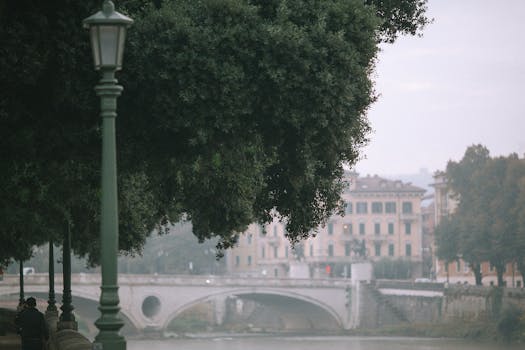
Urban Green Spaces: The Future of Outdoor Living in European Cities by 2025
Urban Green Spaces are becoming increasingly important in European cities, and their impact on outdoor living will be significant by 2025. Urban Green Spaces are areas of greenery within urban environments, providing a range of benefits for residents, including improved air quality, reduced noise pollution, and increased opportunities for recreation and socialization.
Introduction to Urban Green Spaces
As the world becomes increasingly urbanized, the need for green spaces within cities is growing. Urban green spaces can take many forms, including parks, gardens, green roofs, and green walls. These areas provide a range of benefits, from mitigating the urban heat island effect to supporting local biodiversity.
Benefits of Urban Green Spaces
Urban green spaces have numerous benefits for both residents and the environment. Some of the key benefits include:
- Improved air quality: Green spaces can help to reduce air pollution by absorbing pollutants and producing oxygen.
- Reduced noise pollution: Green spaces can act as a buffer against noise pollution, creating a more peaceful environment for residents.
- Increased opportunities for recreation and socialization: Green spaces provide areas for people to relax, exercise, and socialize, helping to build stronger, more connected communities.
- Support for local biodiversity: Green spaces can provide habitats for local wildlife, helping to support biodiversity and ecosystem services.
The Future of Outdoor Living in European Cities
By 2025, urban green spaces are expected to play an increasingly important role in shaping the future of outdoor living in European cities. As cities continue to urbanize, the need for green spaces will grow, driving innovation and investment in this area.
Conclusion
In conclusion, urban green spaces are a vital component of European cities, providing a range of benefits for residents and the environment. As we look to the future, it is clear that these spaces will play an increasingly important role in shaping the future of outdoor living, and their importance cannot be overstated.






